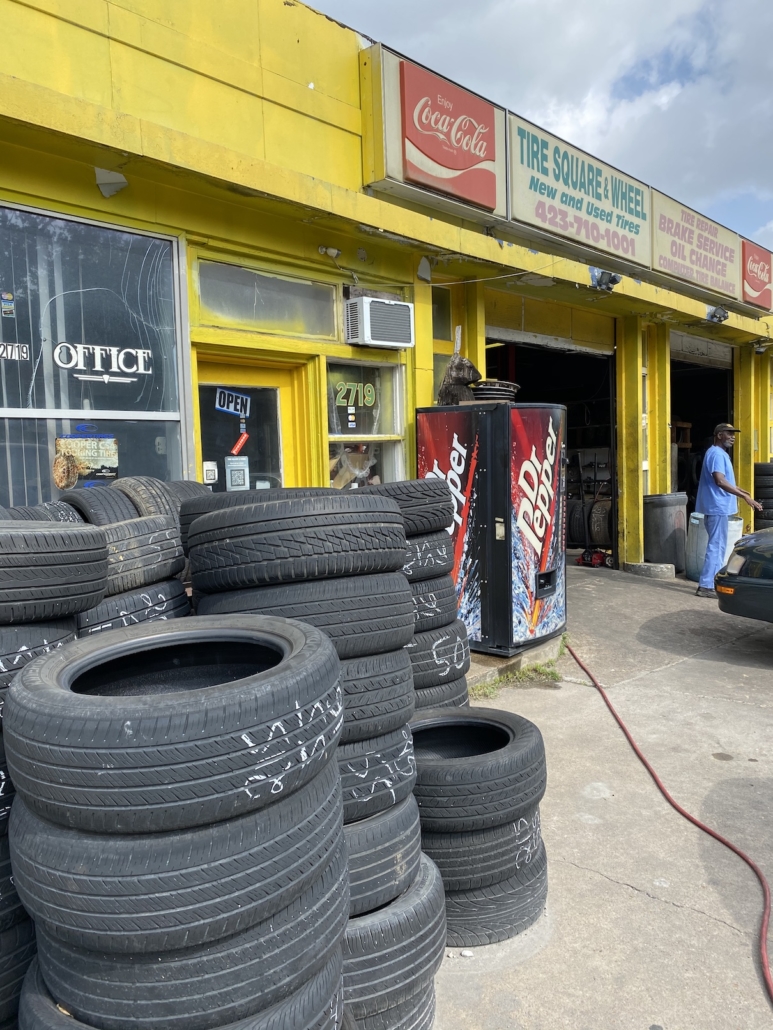Morris Tires: Your Resource for Reputable and Cost Effective Tire Solutions
Morris Tires: Your Resource for Reputable and Cost Effective Tire Solutions
Blog Article
Tire Replacement: The Art of Choosing the Right Tire Size
Selecting the proper tire size is a crucial aspect of keeping optimal performance and security for your vehicle. The intricate process of selecting the ideal tire size involves even more than just a random option from a listing of options. It requires a thoughtful factor to consider of different variables that can significantly impact your driving experience. From comprehending how tire size requirements are identified to acknowledging the impacts of wrong sizes on your automobile's handling and performance, the journey to finding the perfect tire dimension is a nuanced one. Keep tuned to unwind the intricacies and subtleties of tire replacement, as we discover the art of making the appropriate choice for your car.
Importance of Correct Tire Size
Choosing the ideal tire dimension is essential for ensuring optimum performance, security, and efficiency of your automobile. One of the essential reasons why tire dimension issues is due to the fact that it influences the general handling of your lorry. In terms of security, having the correct tire dimension guarantees that your vehicle can successfully hold the road, brake successfully, and maneuver efficiently to stay clear of mishaps.
Factors Influencing Tire Dimension Option
An important factor to consider in determining the suitable tire size for your automobile is comprehending the numerous variables that influence this option. One important element is the maker's suggested tire size. This details can commonly be found in the owner's guidebook or on a sticker inside the chauffeur's side door jamb. Differing the recommended tire size can impact the speedometer accuracy, fuel performance, and overall performance of the car.
Another variable to think about is the sort of driving you do. If you regularly drive off-road or in challenging climate condition, you might require a tire with a different size or step pattern contrasted to a person that mostly drives on highways. The surface you drive on additionally contributes in identifying the optimal tire dimension. For instance, larger tires with a more aggressive step pattern might be necessary for rough or muddy terrain.
In addition, the dimension of your wheels can limit the options for tire sizes. It's important to guarantee that the tires you choose are compatible with your wheels to avoid any kind of safety and security hazards or efficiency problems. By meticulously taking into consideration these factors, you can select the ideal tire size that finest fits your driving requirements and vehicle demands.
Comprehending Tire Dimension Specifications
Tire dimension specifications supply critical info relating to the dimensions and features of a tire. In this example, "P" signifies the tire kind, "215" represents the tire width in millimeters, "65" is the element proportion (the proportion of the tire's height to its size), and "15" indicates the size of the wheel in inches that the tire is designed to fit.
Furthermore, tire dimension specs might include our website load index and speed score. The load index suggests the optimum weight a tire can sustain, while the speed rating symbolizes the maximum rate capacity of the tire. By comprehending these specs, you can ensure that the tires you pick are compatible with your vehicle's demands and give optimum efficiency and security on the road.
Effects of Incorrect Tire Size

Inaccurate tire sizes can likewise affect fuel performance. Making use of tires that are not matched for your automobile can modify the speedometer reading, bring about unreliable mileage estimations. In addition, dissimilar tire dimensions can put extra strain on the engine and transmission, possibly lowering the total gas economic situation of the vehicle.

Tips for Selecting the Right Tire Size
Choosing the suitable tire dimension for your car is essential for guaranteeing optimum performance and security on the road. To assist in selecting the right tire dimension, consider the complying with tips. By adhering to these pointers, you can pick the appropriate tire size to enhance your lorry's performance and safety.
Conclusion
Finally, selecting the right tire size is essential for making sure ideal performance and safety and security of a car. Elements such as vehicle type, driving problems, and manufacturer referrals have to be taken into consideration when picking the appropriate tire size. Wrong tire size can bring about unfavorable effects on handling, fuel effectiveness, and total safety and security. By understanding tire size requirements and following tips for selection, motorists can make enlightened choices to improve their driving experience.
From recognizing how tire size specs are established to acknowledging the effects of incorrect sizes on your car's handling and effectiveness, the journey to finding the excellent tire dimension is a nuanced one.Tire dimension requirements give crucial information pertaining to the dimensions and qualities of a tire. The tire size is usually displayed on the sidewall of the tire and is stood for by a mix of numbers and letters. morris tires. In this example, "P" represents the tire kind, additional resources "215" stands for the tire size in millimeters, "65" is the element ratio (the proportion of the tire's elevation to its width), and "15" shows the diameter of the wheel in inches that the tire is developed to fit
Tires that are too tiny may result in minimized stability, specifically during high-speed maneuvers, while oversized tires can trigger rubbing versus the lorry's body components, leading to potential damages.
Report this page